Media | Articles
Meet the Black Panther, Ontario’s own dealer-special Camaro
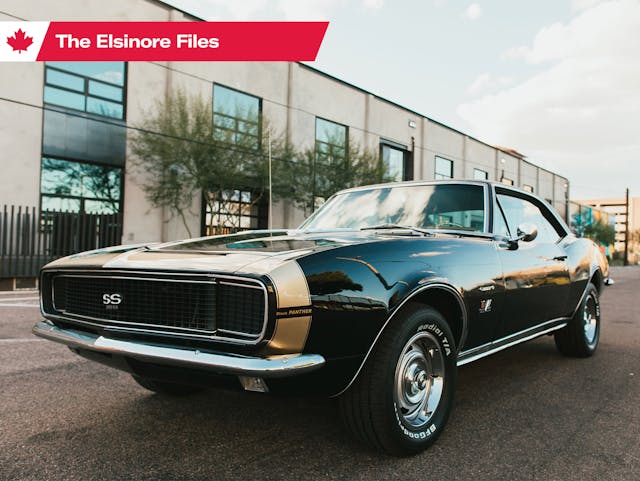
Gorrie’s Downtown Chevrolet-Oldsmobile dealership in Ontario was a Toronto landmark for decades. The business began as a Ford franchise in 1917 but by the dawn of the 1960s had evolved became a heavyweight Chevy store. As soon as Chevrolet muscle cars hit the ground, Gorrie’s saw an opportunity to contribute to the emerging pony-car story.
When the Camaro landed in its showroom, Gorrie’s decided that the car’s original codename, “Panther,” was too good to ignore. The owner and president of Gorrie’s, Burke Seitz, was an avid sportsman who enjoyed a little wheel-to-wheel competition himself, so it’s no surprise that he would be drawn to the Chevy pony car. Thus, Gorrie’s created and sold its own special-edition Camaro called the Black Panther. The 50 or so cars—original records are scant—were naturally finished in black paint, with gold stripes around the nose and across the rockers. Interiors were typically gold, as well.
The base for Gorrie’s Black Panther builds was typicaly a 210-hp, 327-cubic inch V-8 paired with a three- or four-speed manual gearbox (or an automatic), but there was no set configuration, and a few big-blocks made it into the mix.
Gorrie’s Black Panther demonstrator, for example, was fitted with a 427, which was said to produce 435 hp, mated to a four-speed Muncie manual. In May 1966, Canada Track & Traffic magazine tested the car and pronounced: “Without doubt, this particular Black Panther is a man’s car. It requires effort to work the pedals and the gear shift (which has considerable travel, and moves in a strange plastic shutter device), and in steering at low speeds, but it sits solidly on the road and snorts, roars and shakes in exhilarating style.”
Gorrie’s wasn’t above having a little fun with its special-order Camaros, though. Burke Seitz’s son Bob recalls the Black Panther’s most interesting option: the then-$29 “007 Panel,” which contained dummy switches for the campy Bond trickery of the day, like “laser beam” and “ejection seat.”
Marketplace
Buy and sell classics with confidence
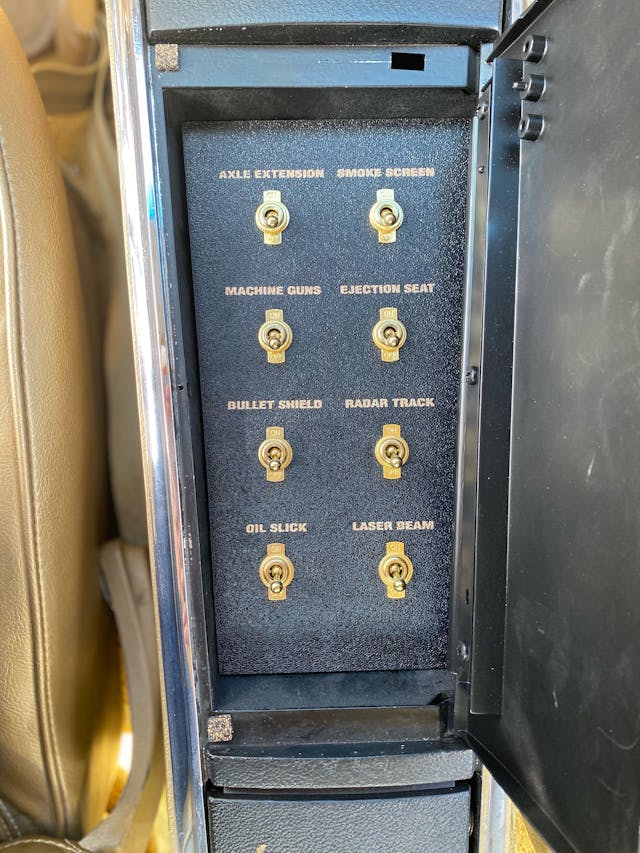
“I do remember sitting in it in our driveway, pushing all the buttons on the console,” Bob says, “probably fantasizing about firing missiles at my older sisters! The Black Panther was very Bond, and as a kid it was magic. I know we had one, probably for a few days. My dad, Burke, brought all kinds of cool cars home in those days and he was a big Corvette guy. We always had one in the driveway. My mother loved her horsepower. She had lots of Camaros and Chevelles.”

The collector car community agrees that Gorrie’s sold 50 or so Black Panthers, though only a handful of examples are known to survive, and they’ll pop up for sale now and again. This 52K-mile example, specced with a 327 and also with the “007” panel, sold at Mecum’s 2020 Kissimmee auction for $52,800.
Gorrie’s also did a tidy business selling go-fast parts for Chevys; undoubtedly many Black Panthers were hotted up before and after delivery. Racing history likely accounts for some Black Panther attrition, and over the years some of the cars ended up quite far from their first Canadian home. The model possessed such appeal that, evidently, at least one Camaro enthusiast was inspired to build a tribute to the ’67 Black Panther.
Corey Tyner, a Phoenix-area real estate investor, serendipitously found himself with just such a 1967 Black Panther tribute car. A dyed-in-the-wool car enthusiast, Tyner started his automotive business as an extension of his property concern.
“In the last five years, I noticed that as I was going to see these properties I was inheriting a lot of vehicles,” Tyner says. “If you’re there for a house, you want to buy the house and not focus on a car, but while I was there, I would always ask the question. I would ask, ‘What’s your plan for this vehicle?’ And nine times out of ten, most of the people would tell me they need to get it off the property.” His website, CoreyBuysClassicCars, started as a hobby but has since blossomed into a lucrative side gig focused on U.S. markets in the West and West Coast.
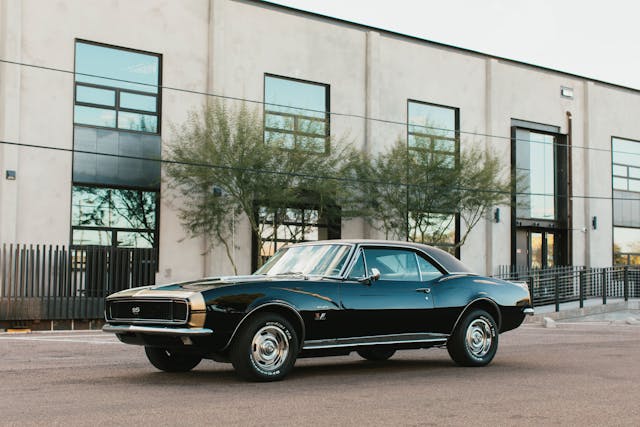
As with all fascinating car stories, Tyner’s route to acquiring his Black Panther clone has enough twists and turns for a California canyon road. One day, out of the blue, Tyner received a call from a gentleman in New Mexico looking to sell a couple of American classics. They didn’t make a deal, but the gentleman mentioned that his brother had a car he was looking to sell. Had Tyner ever heard of the 1967 Black Panther?
It took Tyner and the car’s Mississippi-based seller three months to settle on a deal, and when Tyner finally received the cloned Black Panther, the 396-equipped RS/SS was in need of some TLC. Cecil had obtained the car from a private collection, where it had sat for 15 years. “When Cecil got it,” Tyner explains, “he thought he was getting this picture-perfect car, but it had problems—leaks and lots of minor issues—and Cecil wasn’t in a position to deal with them. So when I got it, I got a 15-year museum car, plus two more years of just sitting around and lots of deferred maintenance.”
In the eight months since Tyner’s owned his Black Panther tribute build, he’s given the car all the attention it deserves. The well-optioned Camaro has received a full cosmetic cleanup and a thorough mechanical refresh that included everything from the fuel system to the suspension and, most importantly, new brakes and tires.
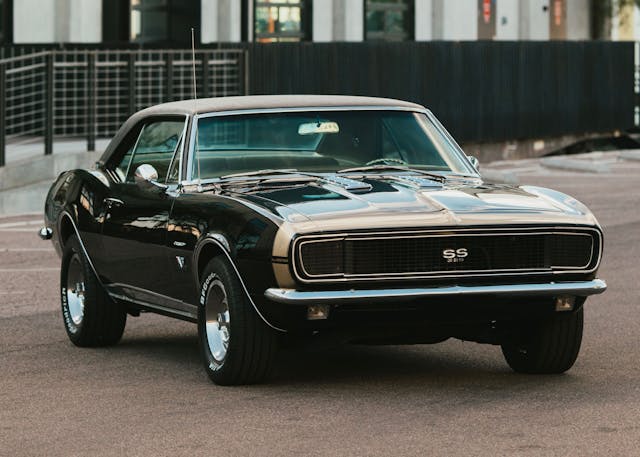
Since its restoration, Tyner has put about 1000 miles on the Camaro, but he daily-drives a Lexus crossover and enjoys a Mercedes-AMG SLS on special occasions, so I had to know what this burly Camaro is like to drive.
“It feels like I’m driving a boat,” Tyner laughs. “It’s heavy, it’s clunky, and cornering is awful. You turn early and then it’ll drift a little sideways before it actually catches the line. Oh, and the brakes are the worst.”
As all vintage car owners can relate, however, this Black Panther tribute is far more than the sum of its mechanical eccentricities.
“When you fire up that big-block and you rev it up and you burn out the tires and you smell like fuel afterwards, it’s something that you just don’t get from a modern car. There’s just something very analog and vintage about it that makes it just pure fun.”
UPDATE 5/3/2021: A previous version of this story suggested this car was an original, but a listing currently on Hemmings indicates that it is a clone. After reaching out to CoreyBuysClassicCars directly, we’ve confirmed that the car is indeed a tribute, and not an original Black Panther.
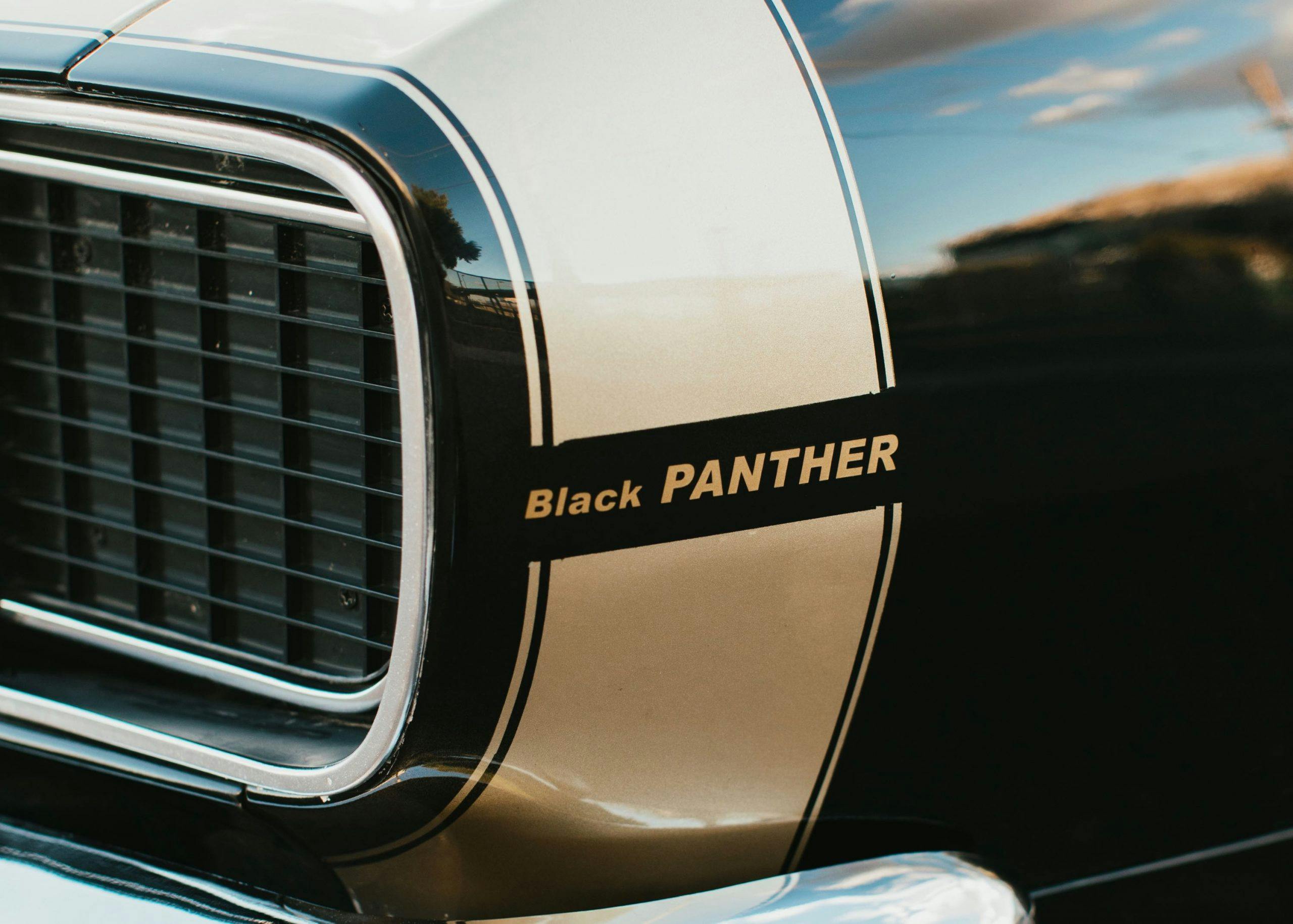
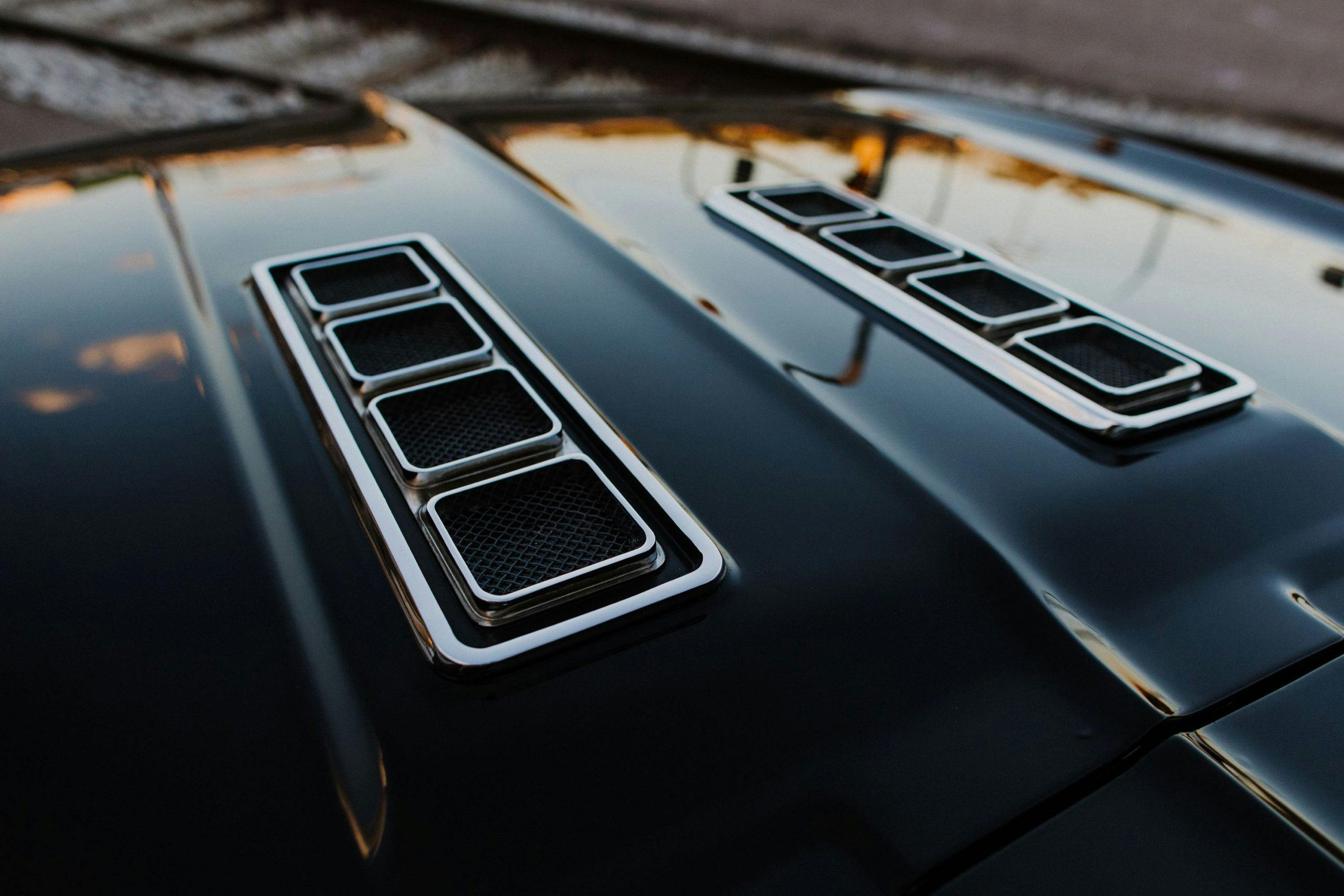

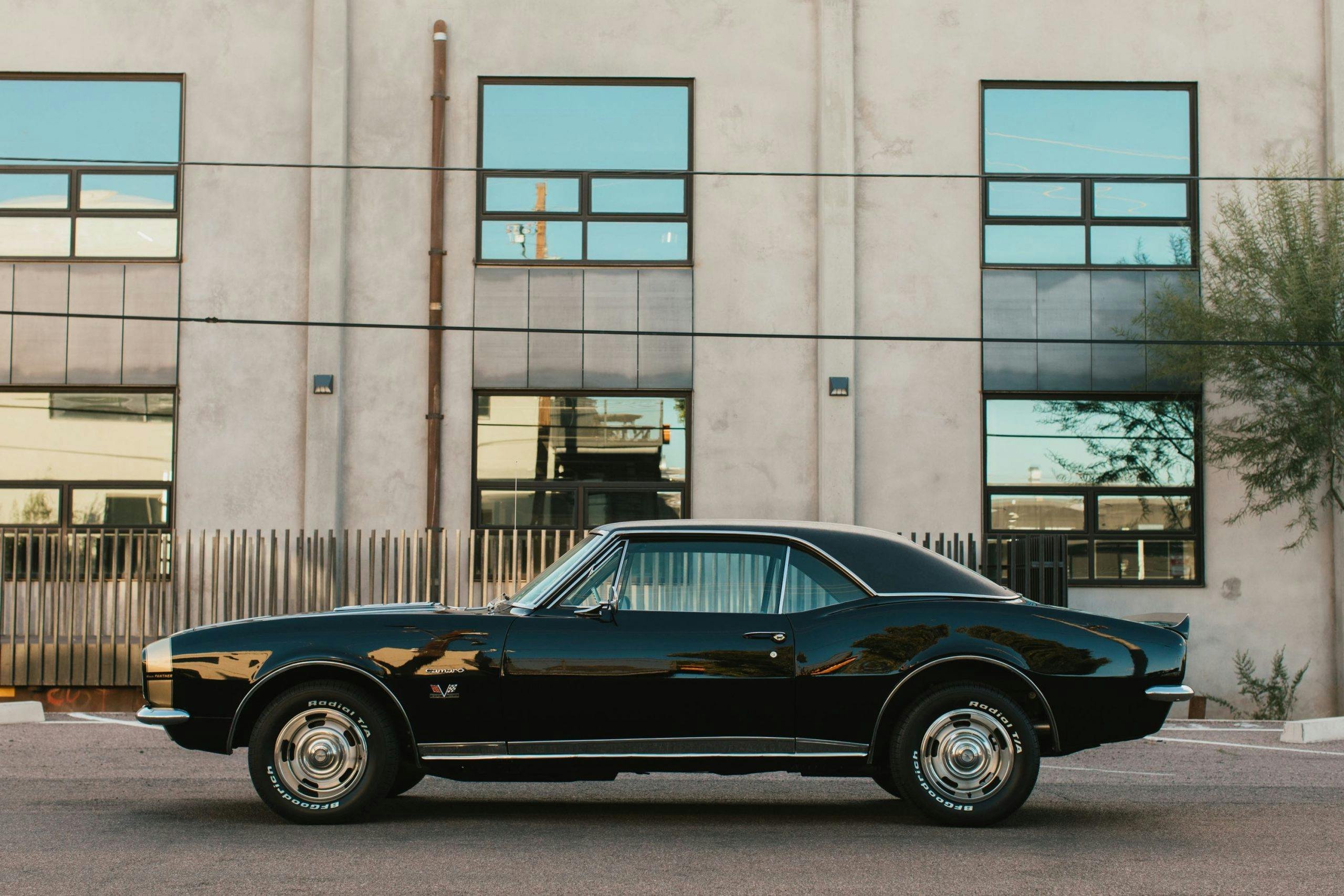
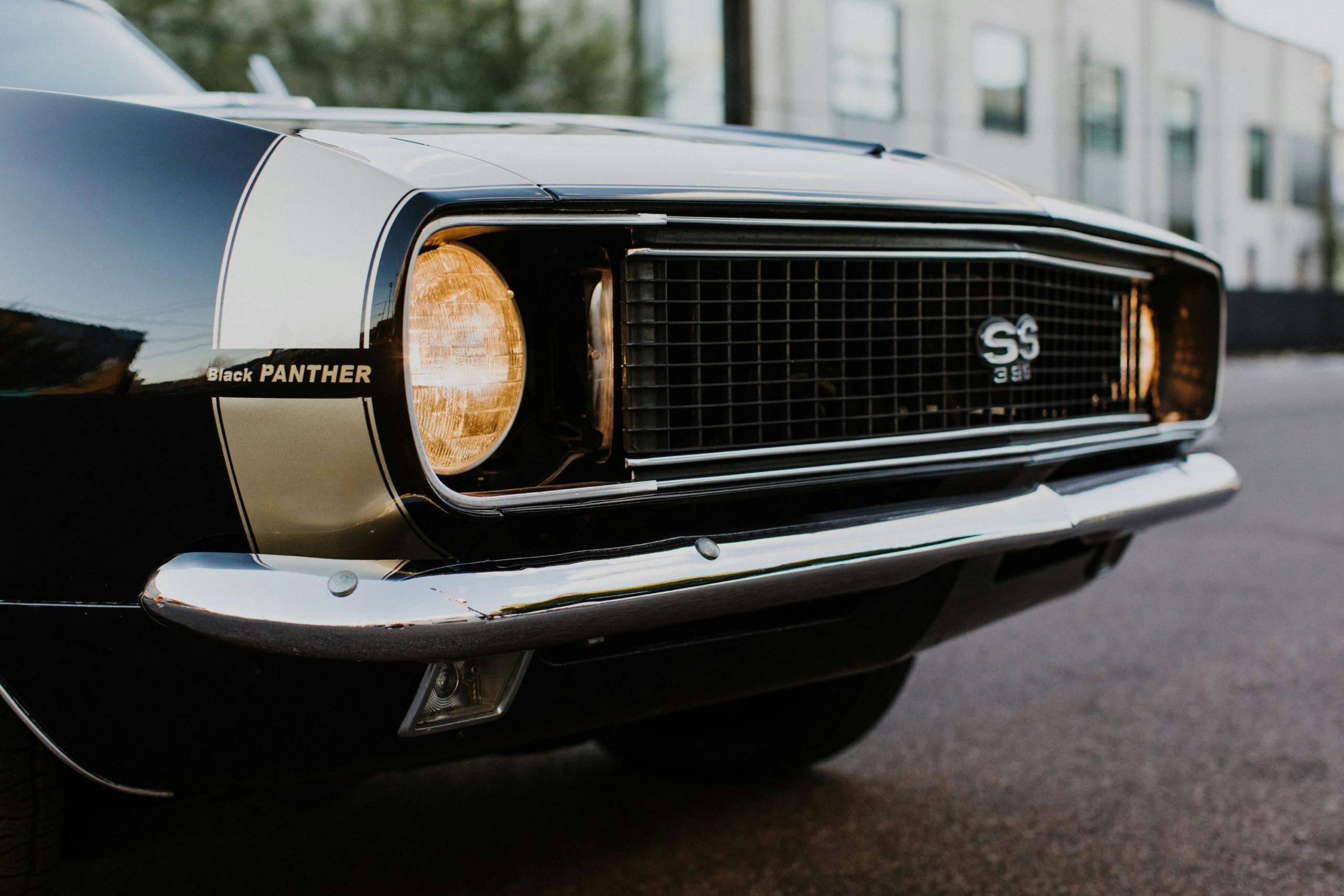

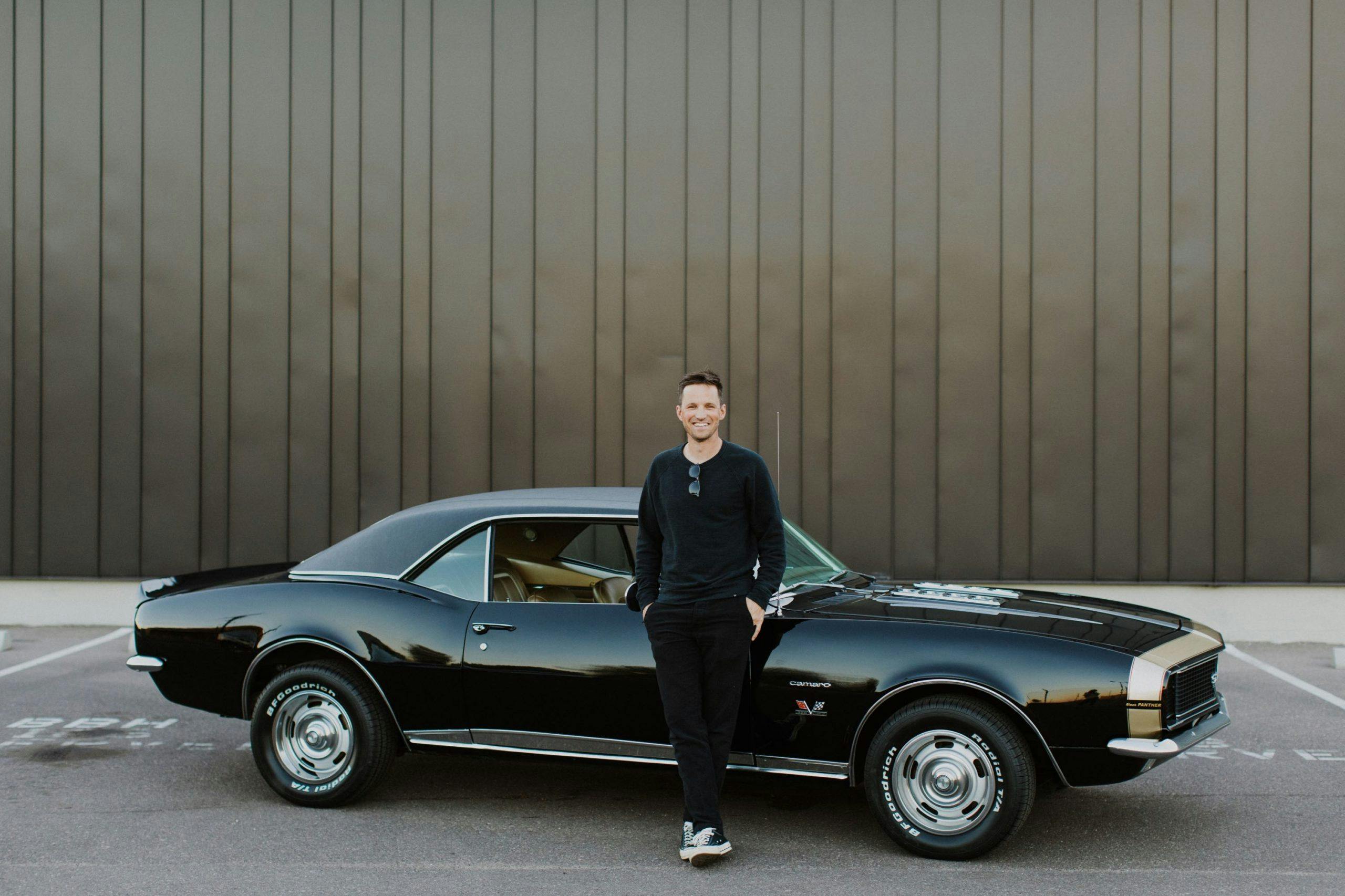

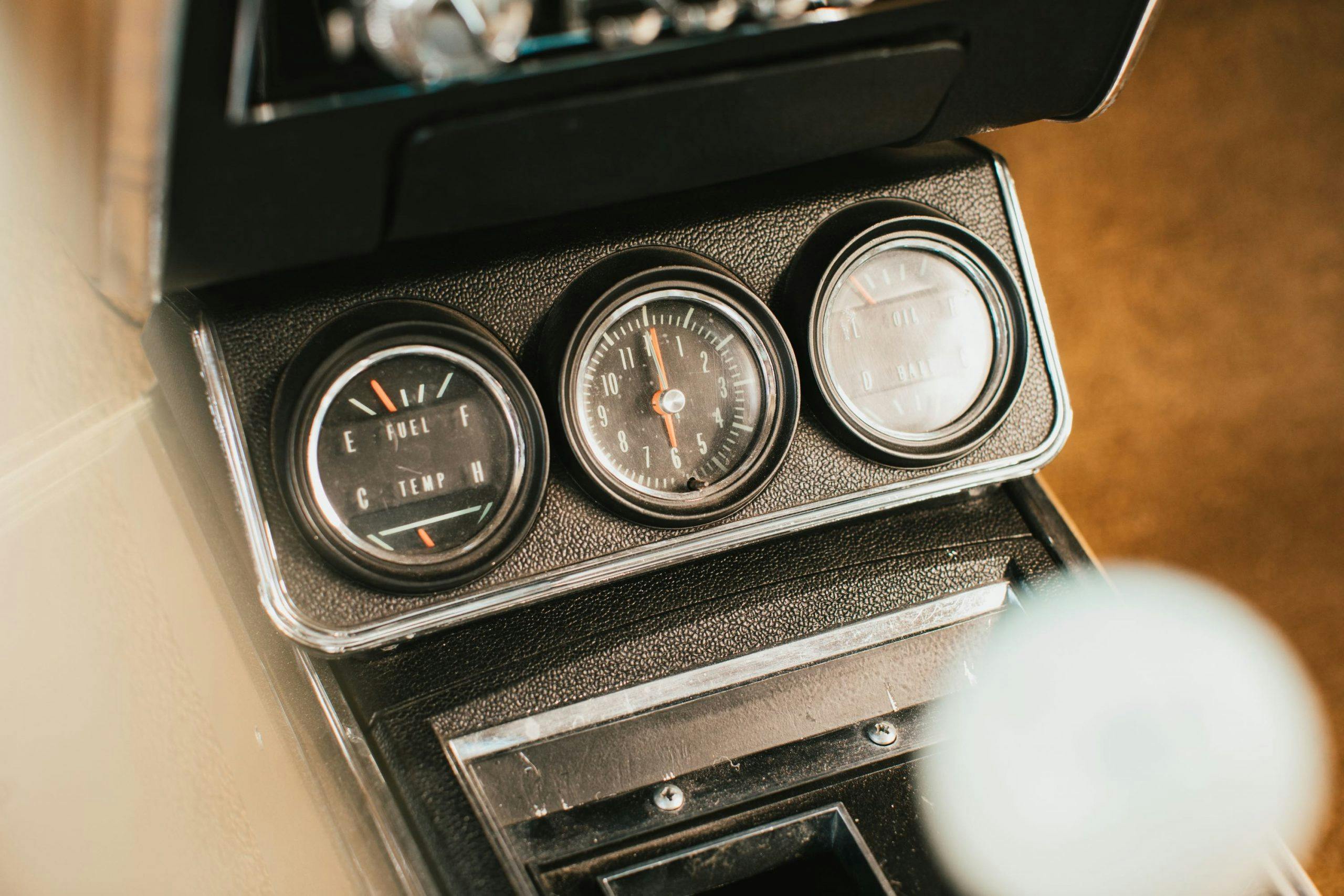
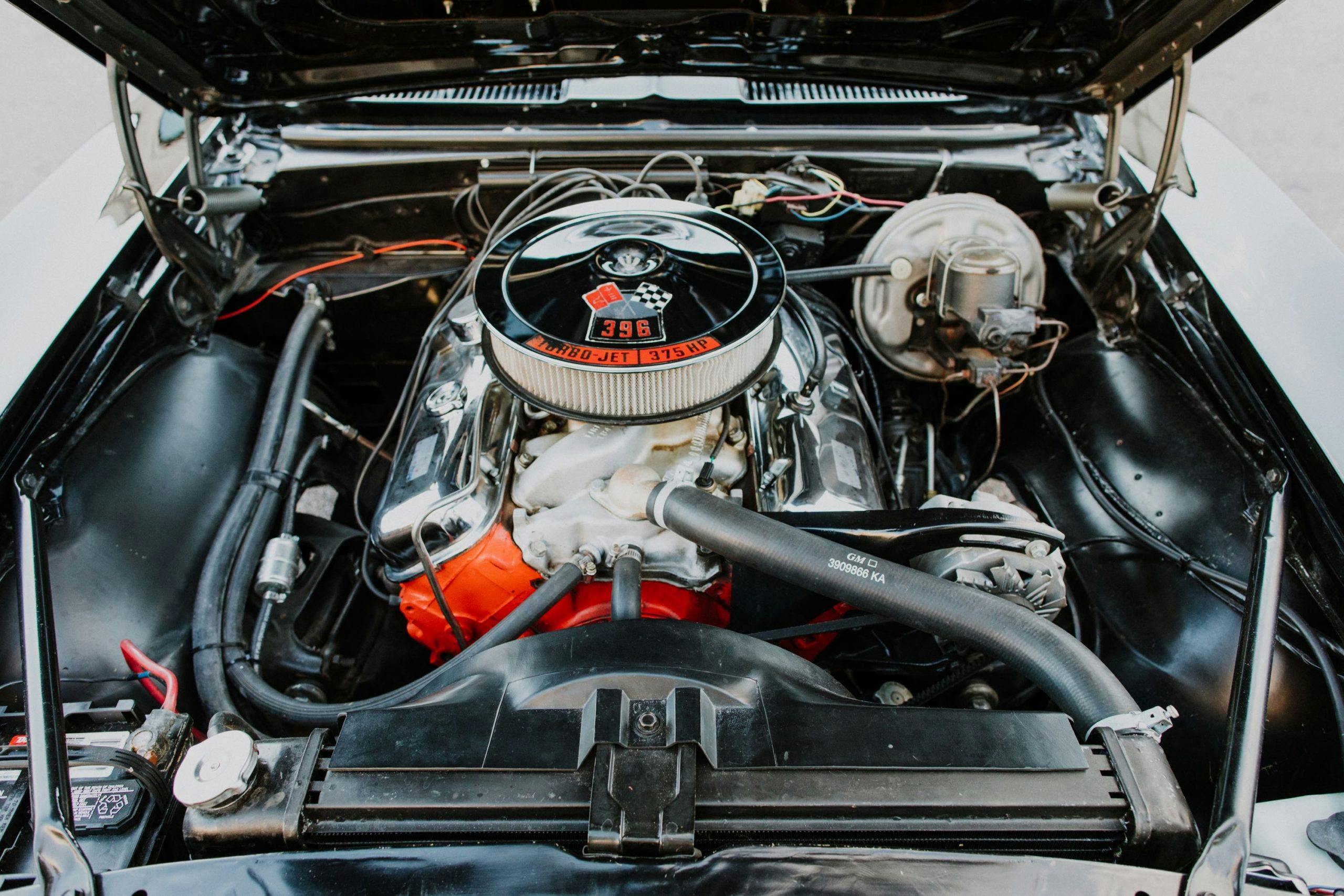











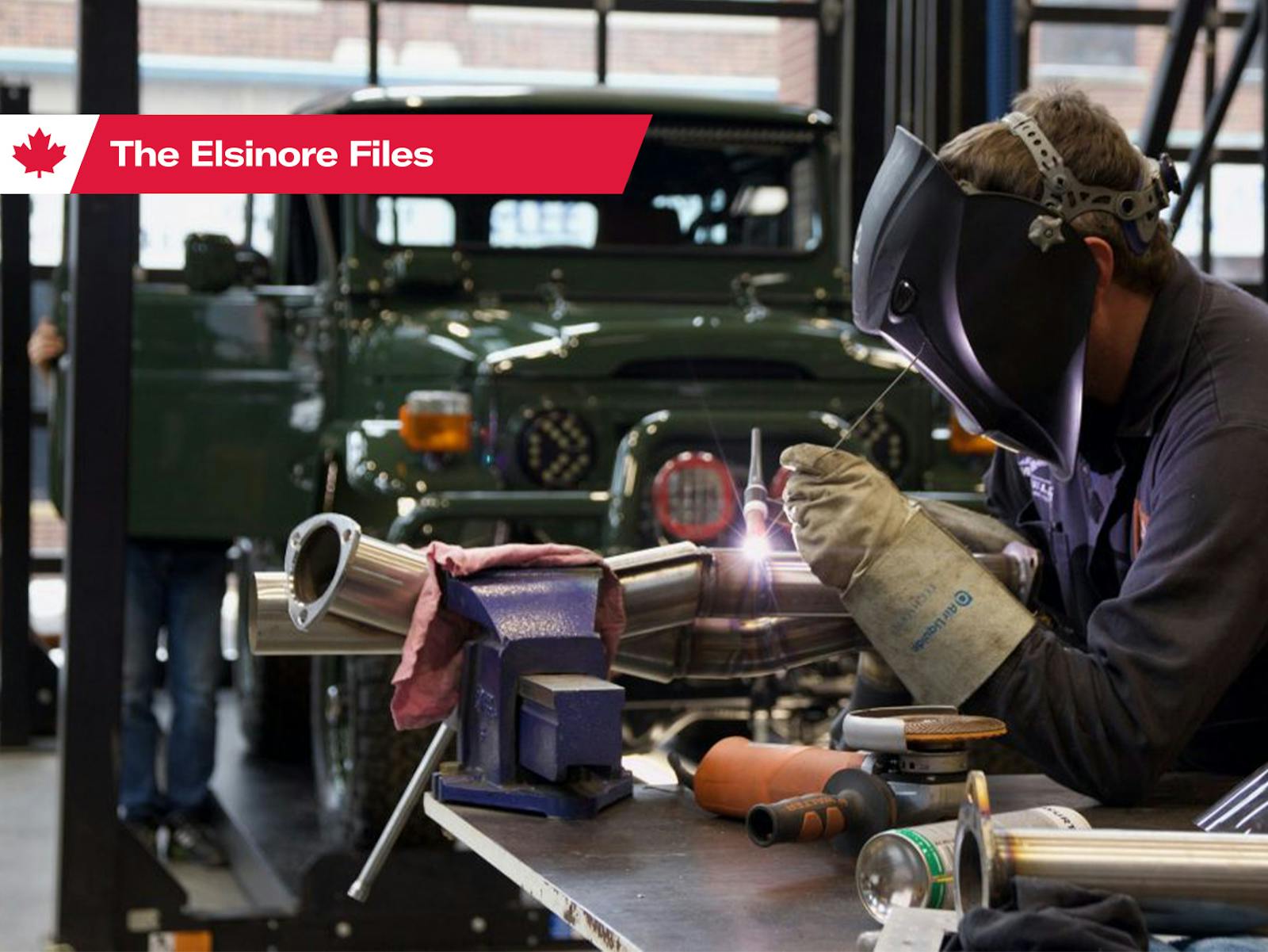



























I once owed 1967 Chevy Camaro/black pather in 1968 and it was all oringal but it had panther badge on side of roof 327/210hp 4 speed all black with red inter.
I once owed 1967 Chevy Camaro/black pather in 1968 and it was all oringal but it had panther badges on side of roof 327/210hp 4 speed all black with red inter.
In 1968, London Motor Products in London, Ontario was turning out done up Ram Air 400 Firebirds like the one I owned. It was a sleeper beige colour with a Camaro spoiler added and tail end face painted black. The engine was balanced and blueprinted, headers added, turbo 400 reworked, rear rims widened with big tires all around. The car put a long face on a few people back then. A bit of a sleeper as it had no loud exhaust to give it away.